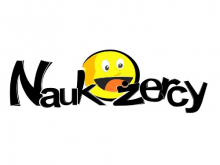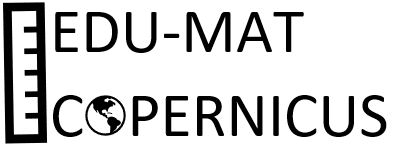
Objectives of the service
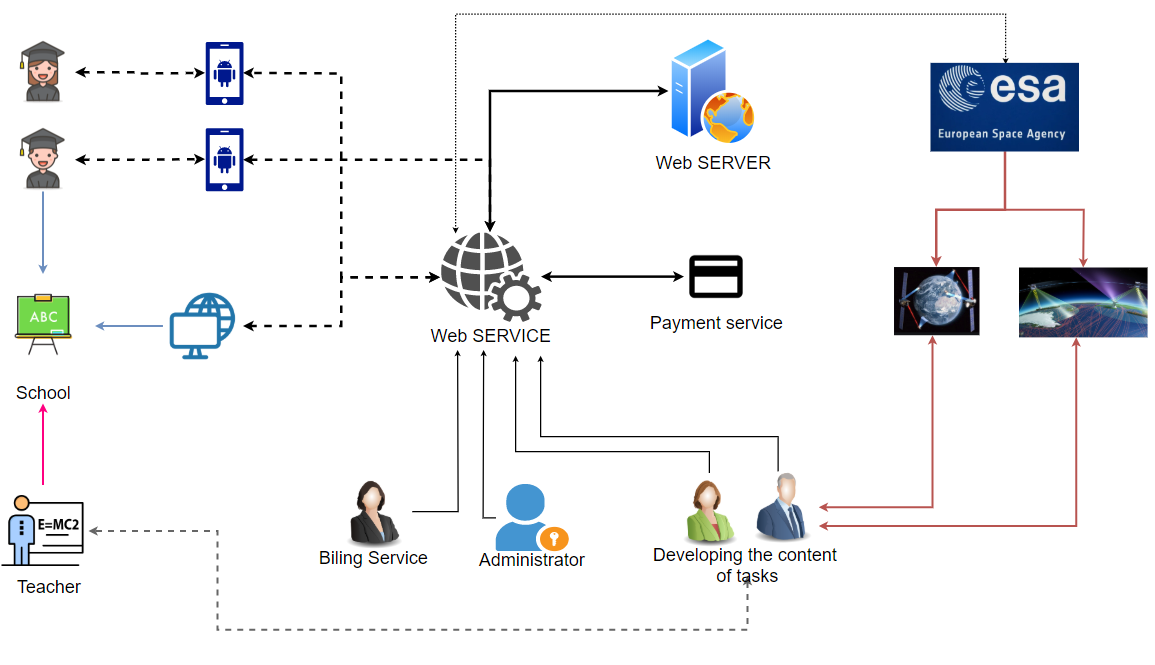
The EDU-MAT COPERNICUS is related to the use of VR / AR applications in Education. The proposed IT solution aims to create an educational platform with mathematical tasks using visualization of satellite technology in augmented reality. It can be an innovative solution allowing students to get acquainted with mathematical knowledge in an interesting way. The proposed solution can facilitate the didactic process. IT solutions are also aimed at transferring the profit structure in the long-term from group and individual classes to IT courses and tools.
The plot of the tasks can be led by the figure of Nicolaus Copernicus (the figure of Avatar). All content of the tasks can concern the Earth Observation (Copernicus), Galileo and EGNOS satellites. The combination of the content of tasks and satellite technologies can allow pupils to get closer and interested in new technologies. It can raise the role and influence of space / satellite technology on everyday life. At the same time, it can allow to increase mathematical knowledge. AR and VR solutions can allow spatial visualization of tasks and facilitate their understanding for people who do not have spatial imagination.
Users and their needs
EDU-MAT educational platform can be directed to two groups of end users. The first group can consist of pupils from primary schools, secondary schools and students of private companies providing private lessons (Commercial Customer). The second group can be individual Users (User Customer), which can consist of students and teachers / private teachers. The role of Pilot User in the project can be carried out by students and teachers from two primary schools from different regions of Poland (different environments and expectations). The first partner can be Primary School from Warmian-Masurian Voivodeship (one of the voivodeships with the lowest income in the country - in Poland). The second partner can be the Primary School from Warsaw (a school located in the capital - the region with the highest income in Poland).
EDU-MAT COPERNICUS meets the expectations of a group of teachers who use multimedia solutions and their solutions. We intend to reach also to a group of teachers who have not used multimedia solutions so far. The introduction of AR or VR technology can make the prepared material very attractive for users (students, teachers).
Service/ system concept
The EDU-MAT system is based on a three-layer architecture:
layer I - base supply, layer II - data storage and analysis, layer III - information.
The main task of the base layer is to enter data about classes conducted by companies (based on data input interfaces operating in a web browser).
Data storage and analysis layer (data warehouse), physically implemented in the form of disk arrays operating in both the SAN (Storage Area Network) and the NAS (Network Attached Storage) file model, and logically as RDBMS (Relational Database Management System) or / and the file system associated with it.
Its task is to:
- storage in a systematic, in terms of logic, rights and optimization of access time to data, information obtained from companies,
- processing according to the assumed criteria (sub functionality associated with the data processing client module, i.e. business logic),
- access authorization and optimized access to information (functionality related to the functionality associated with the data processing engine module).
Business logic sub layer: the heart of the system is a specialized layer of processing aggregated data.
Layer III - information sharing can be prepared with particular emphasis on mobile devices.
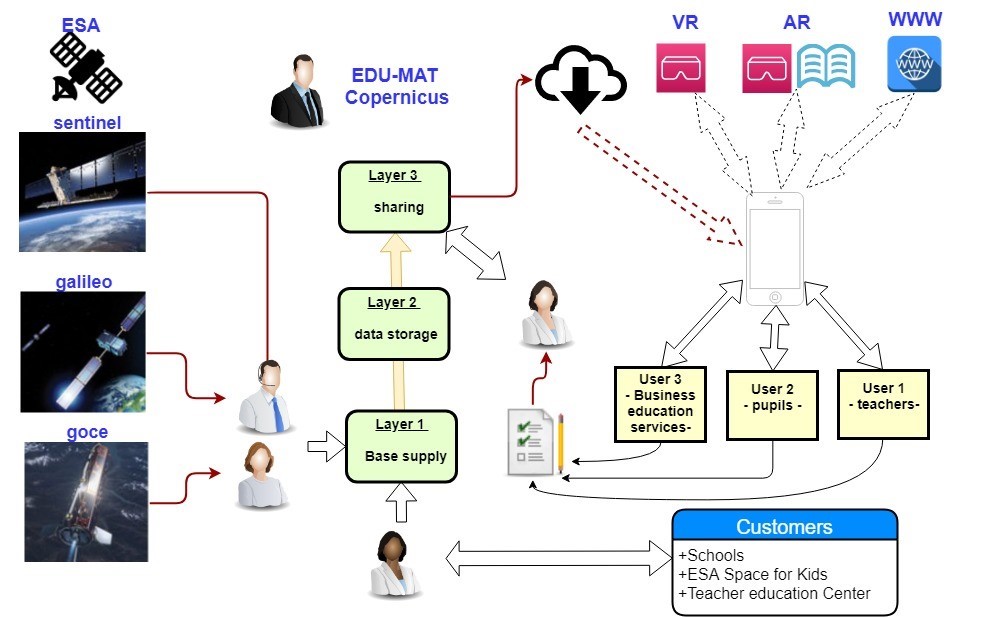
Space Added Value
All content of the tasks in the system are related to the Copernicus, Galileo and EGNOS satellites. The narrator (the main character) of the system can be Nicolaus Copernicus. The properties and construction of Satellite Systems implemented by ESA can be presented in an indirect way.
The content of tasks can always be based on the principles of operation of individual satellite systems. They can refer to their design, operating principles and products obtained from satellite systems. Currently, despite the introduction of space education in the core curriculum in schools, there are very few materials on this topic in school textbooks. As of today, there is also no comprehensive educational offer using AR and VR. Introduction of mathematical information about Earth observation systems in the content of mathematical tasks can increase the attractiveness of these tasks. It can stimulate students' curiosity. The content of the tasks can mainly concern the Galileo, EGNOS and Sentinel systems.
Current Status
Use photos, maps or screen grabs in this section.
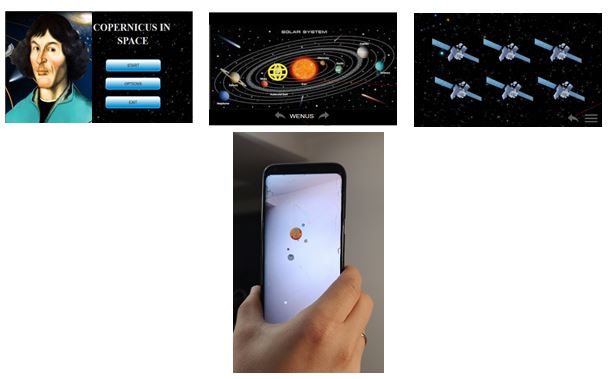
So far the following has been done:
- surveys and consultations among students and teachers from Poland,
- technical analysis, based on which the first version of the outline of the final application was based,
- analysis of costs, time and scope of construction of the full EDU-MAT COPERNICUS product.



